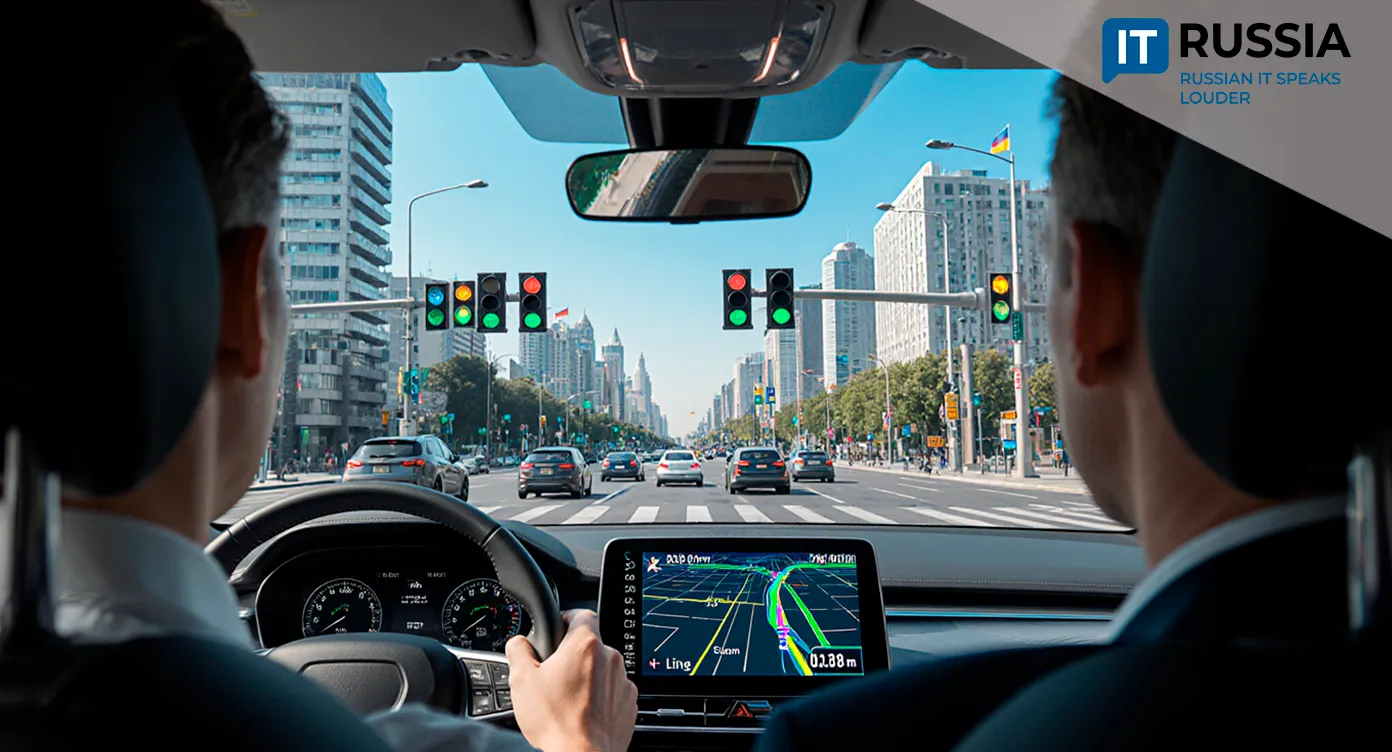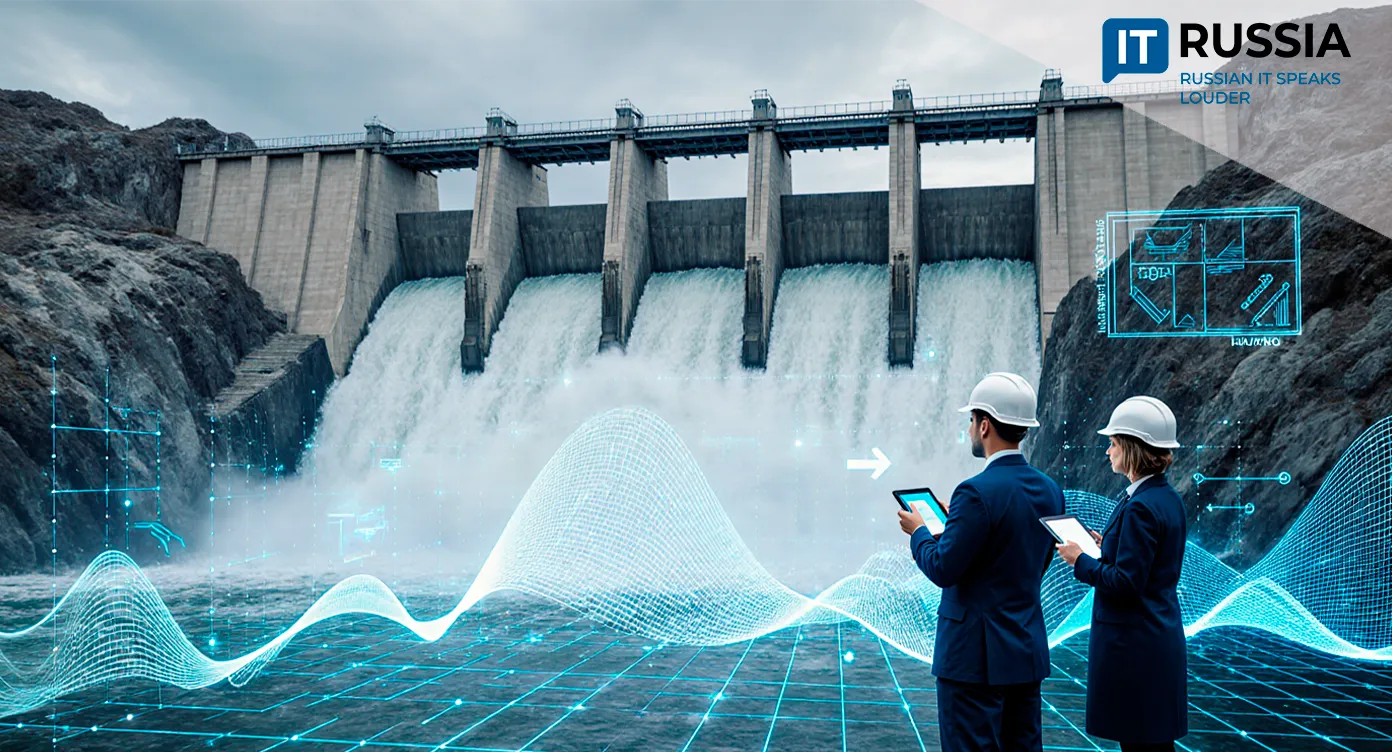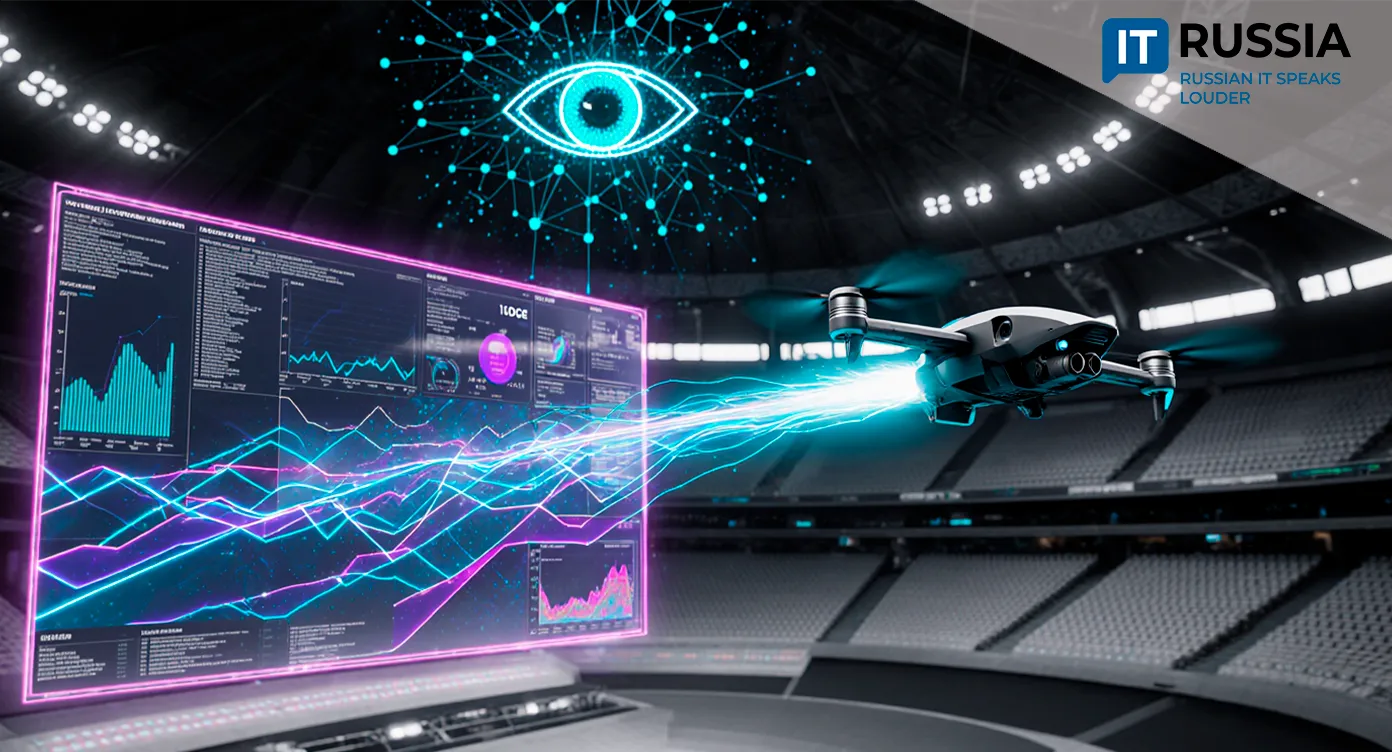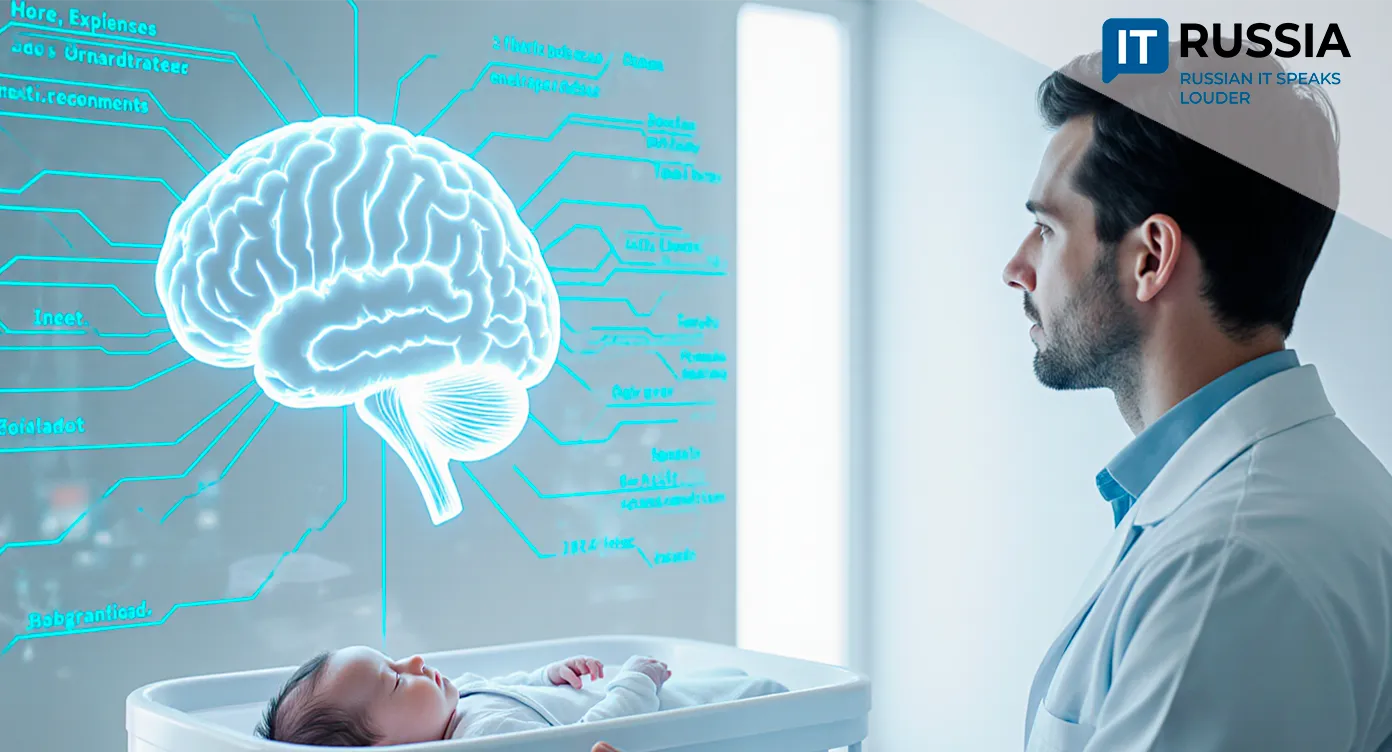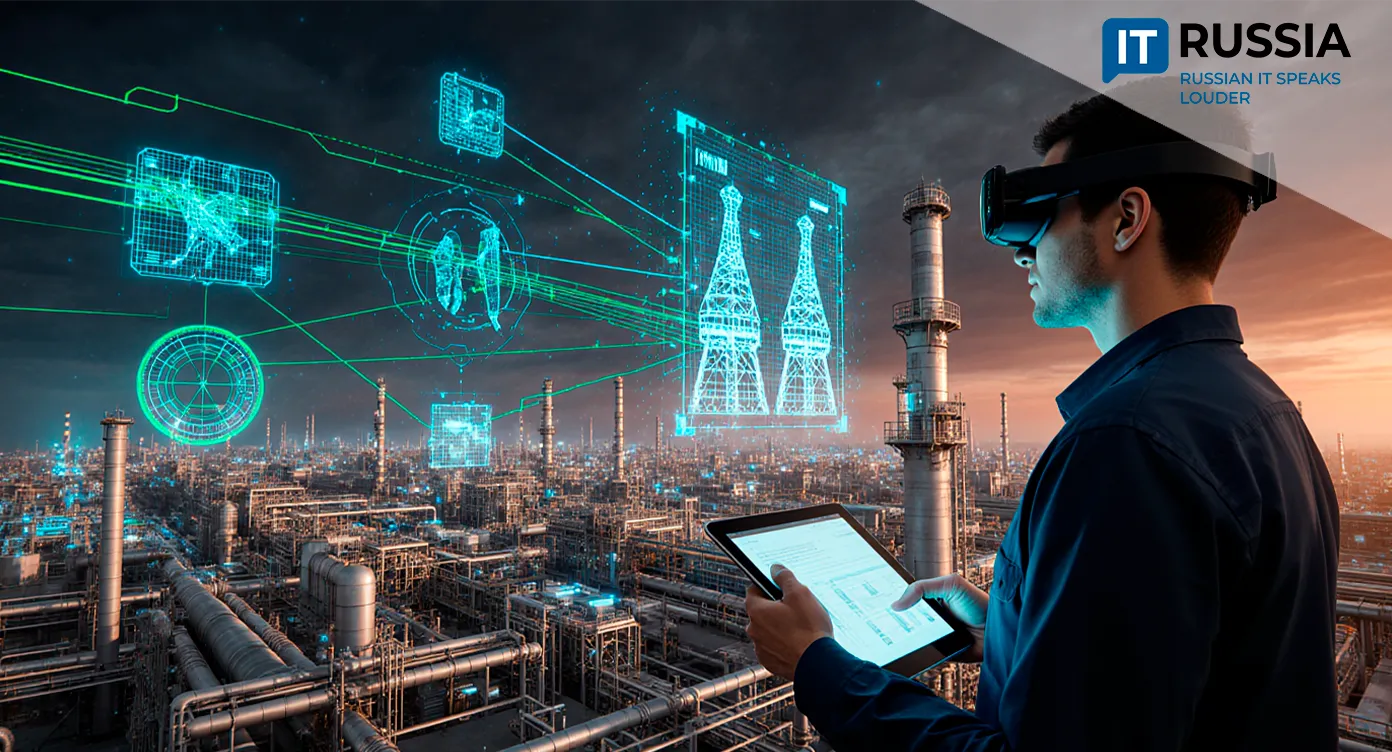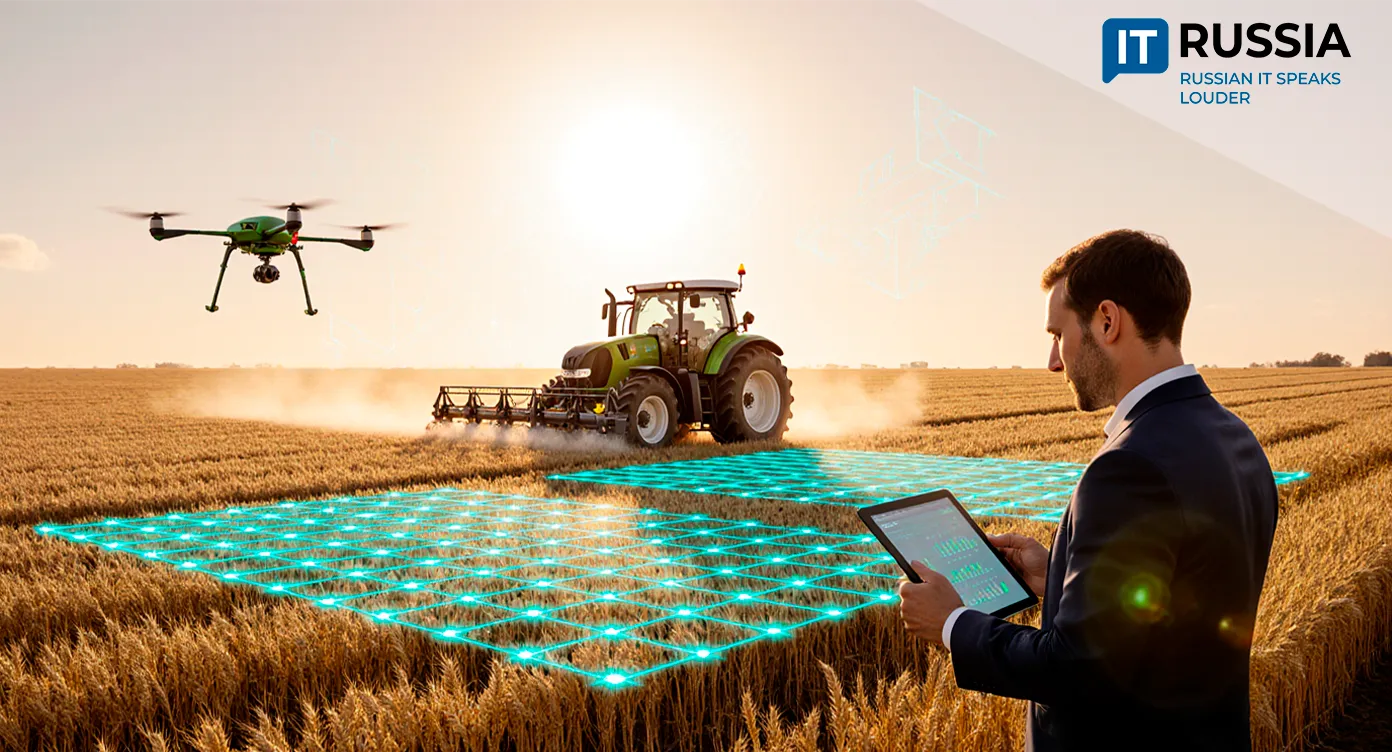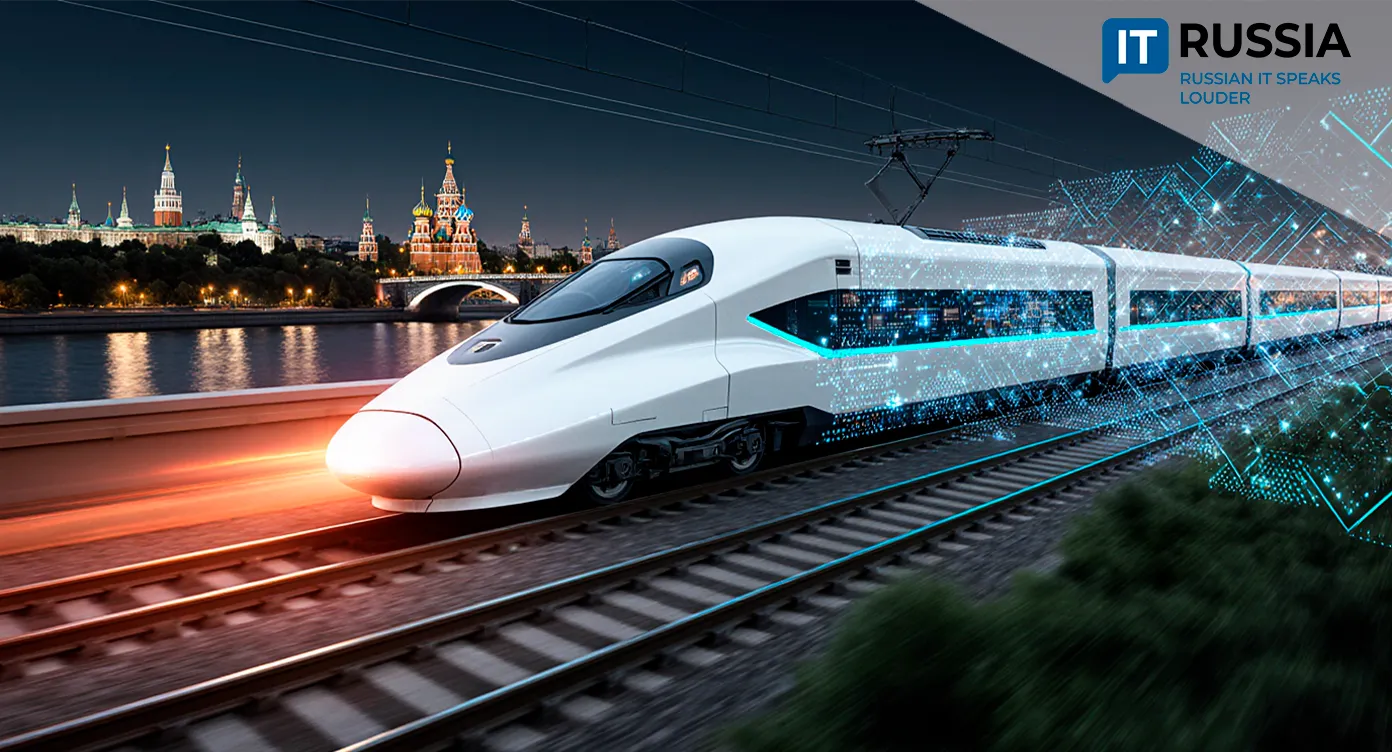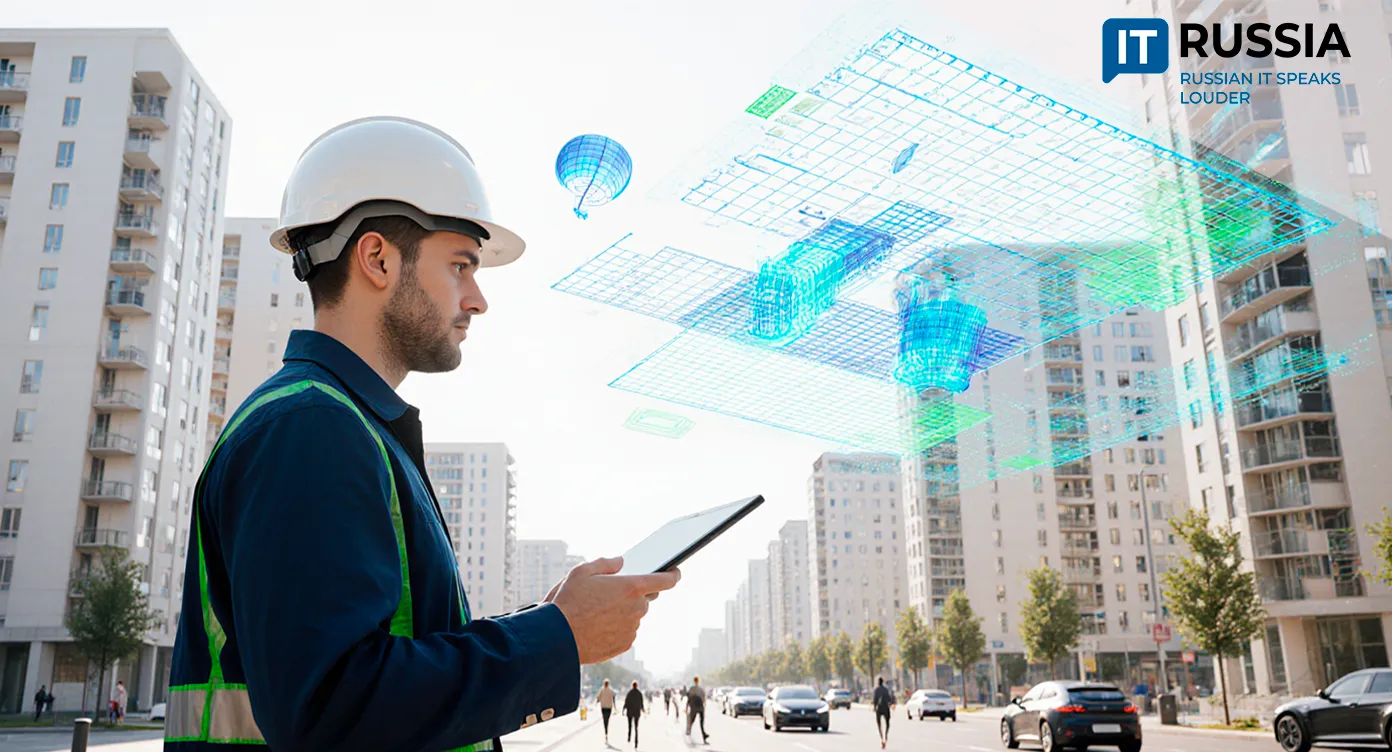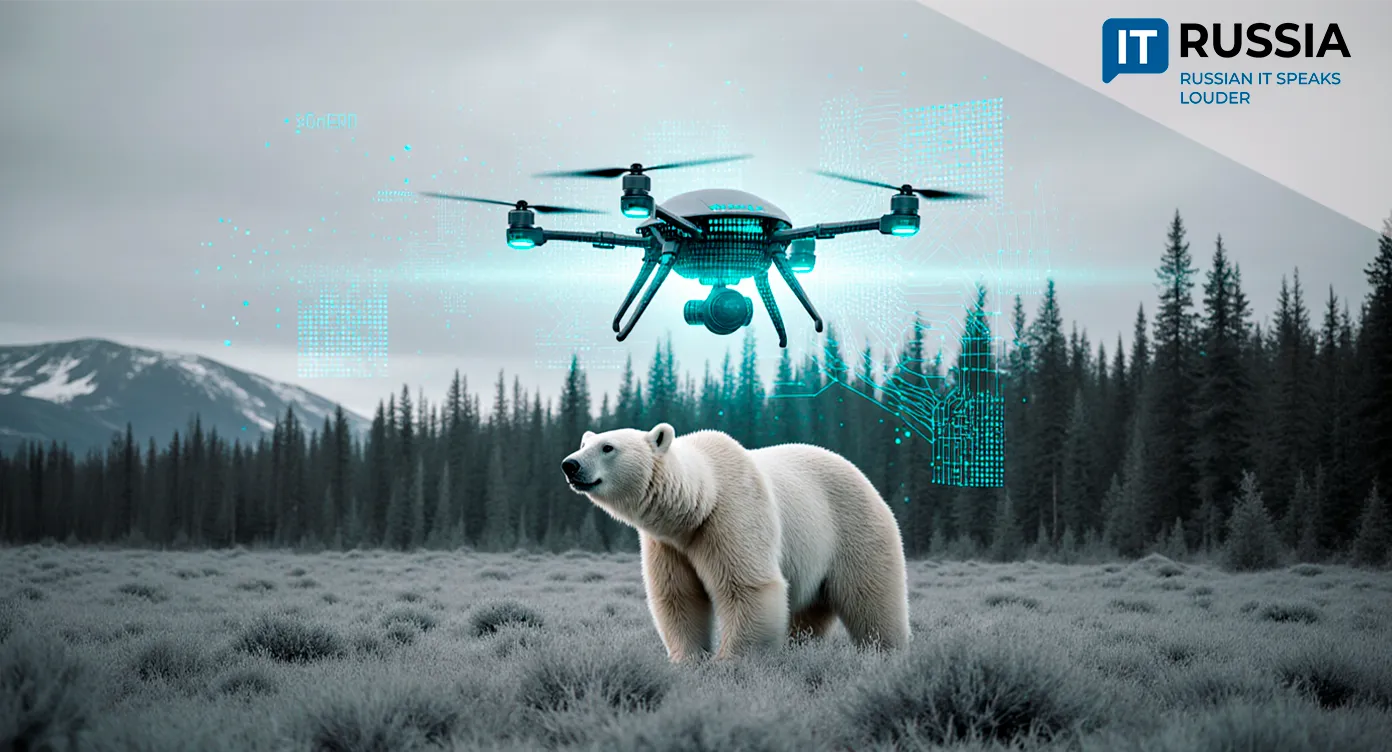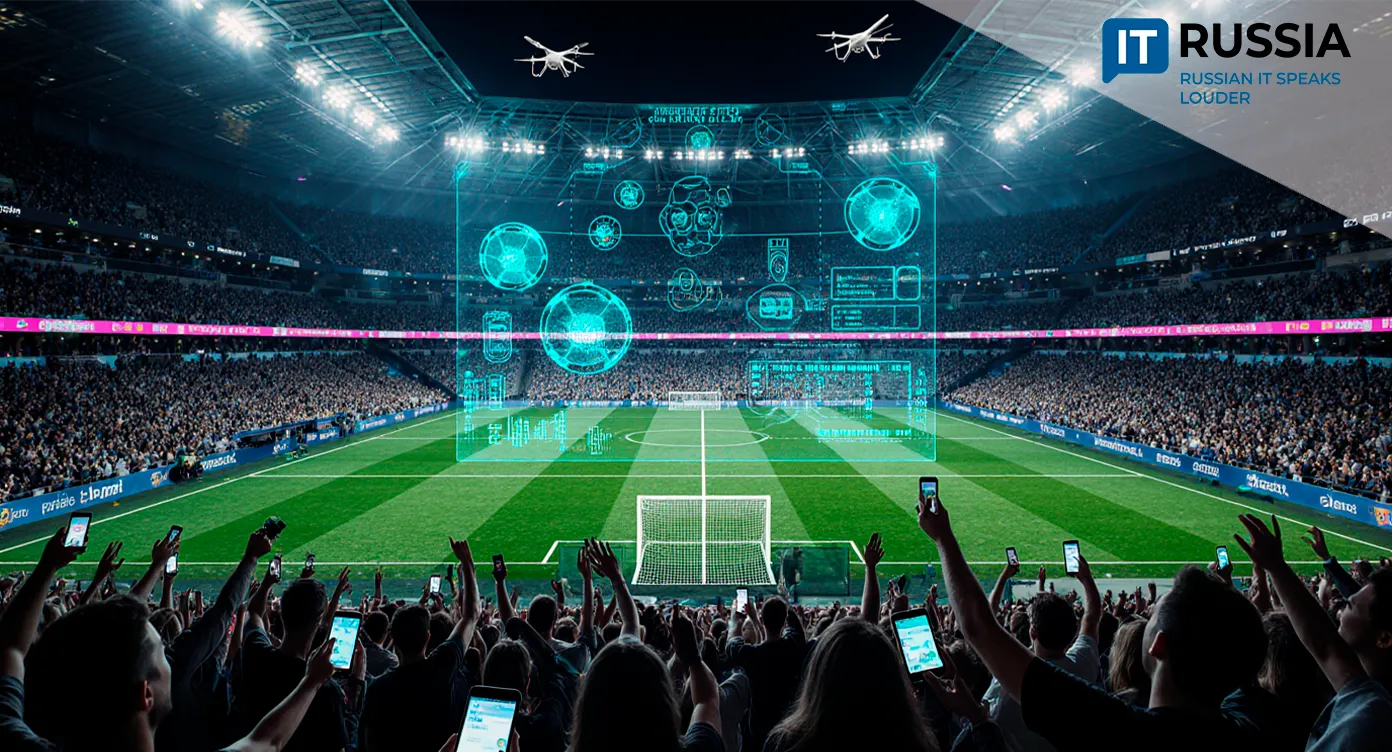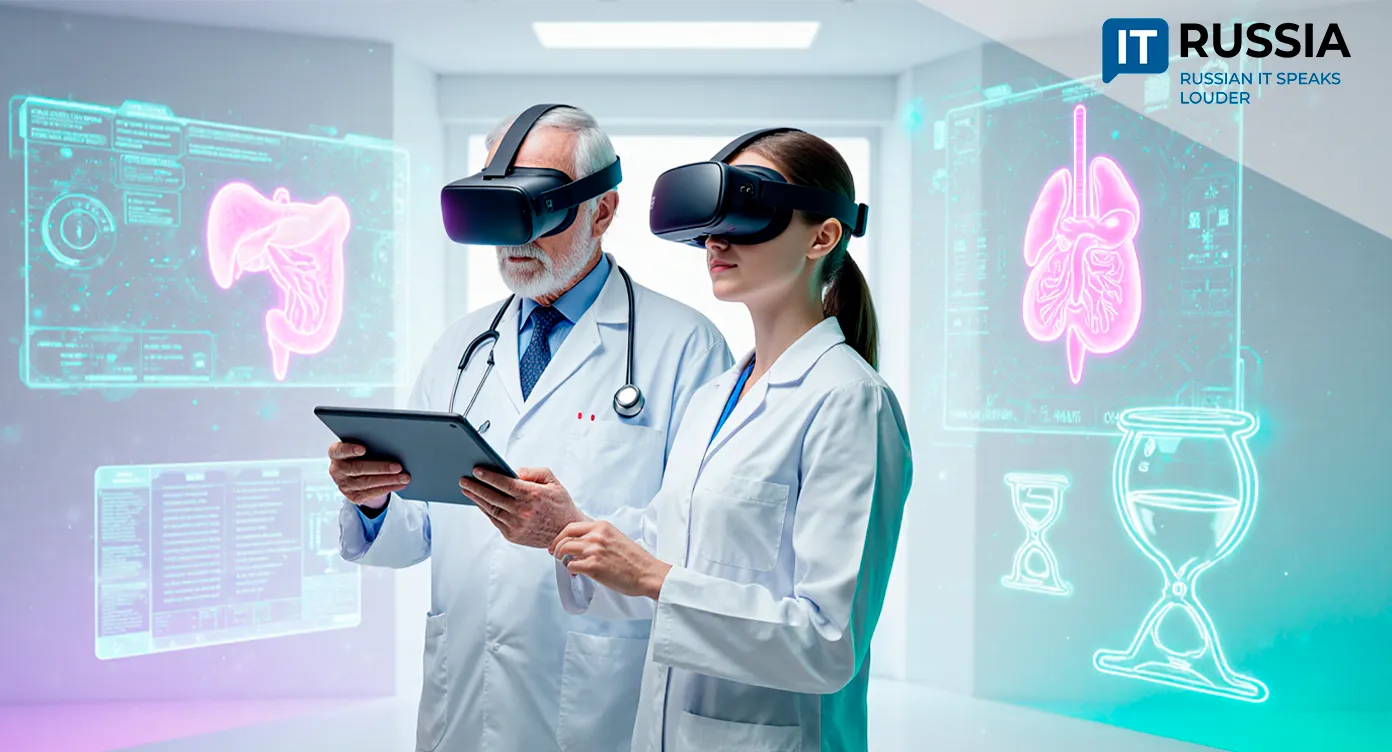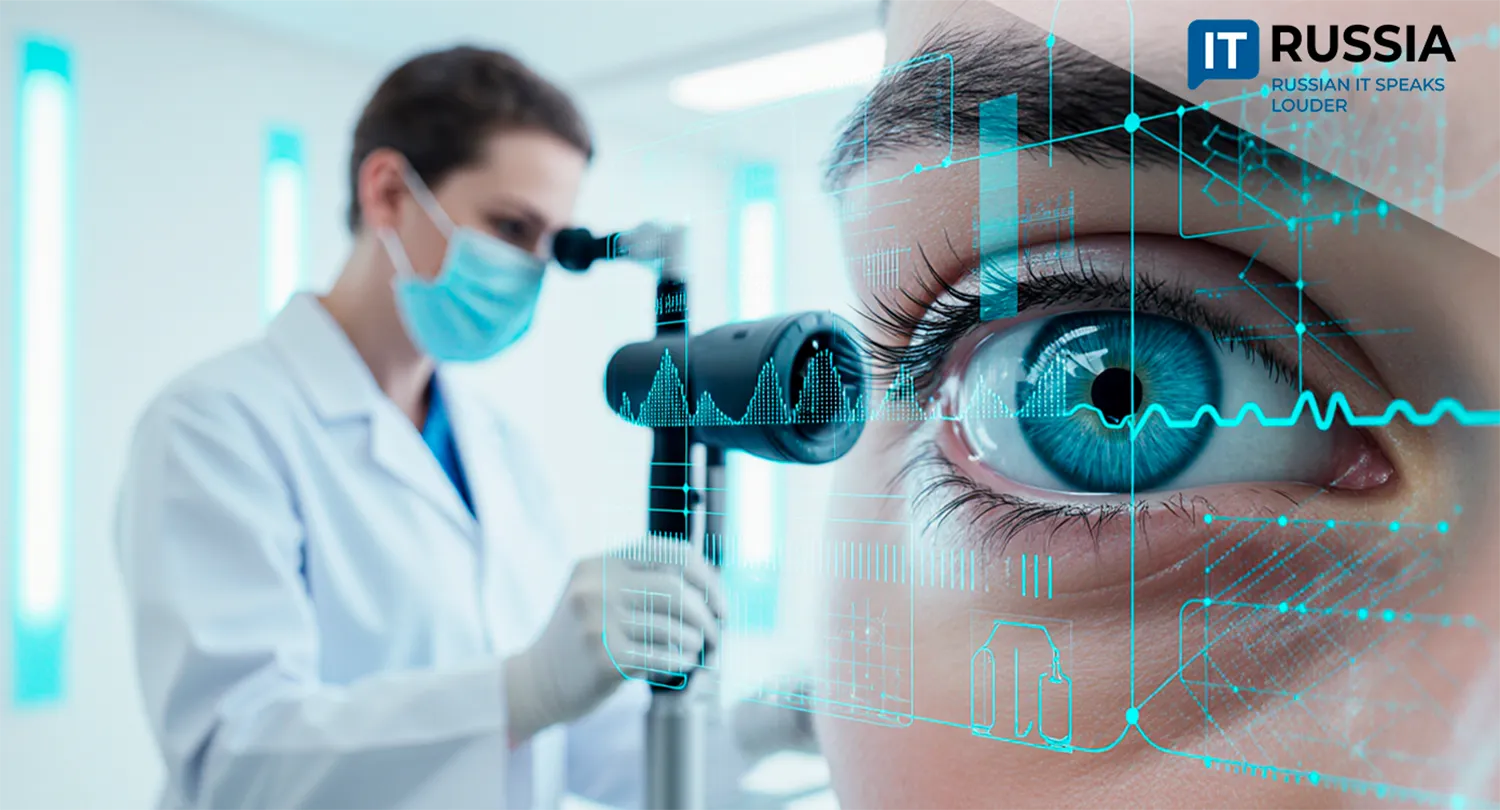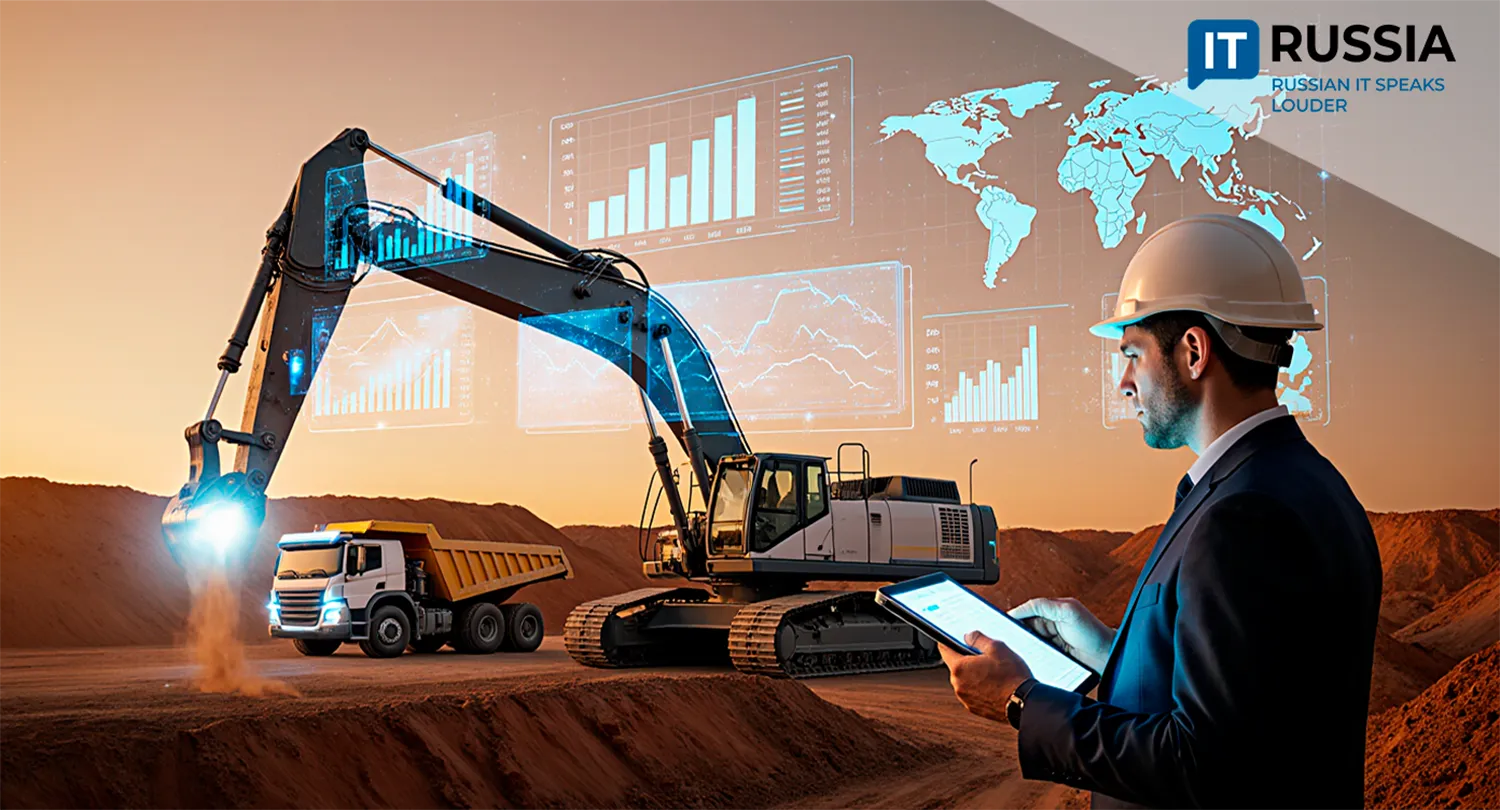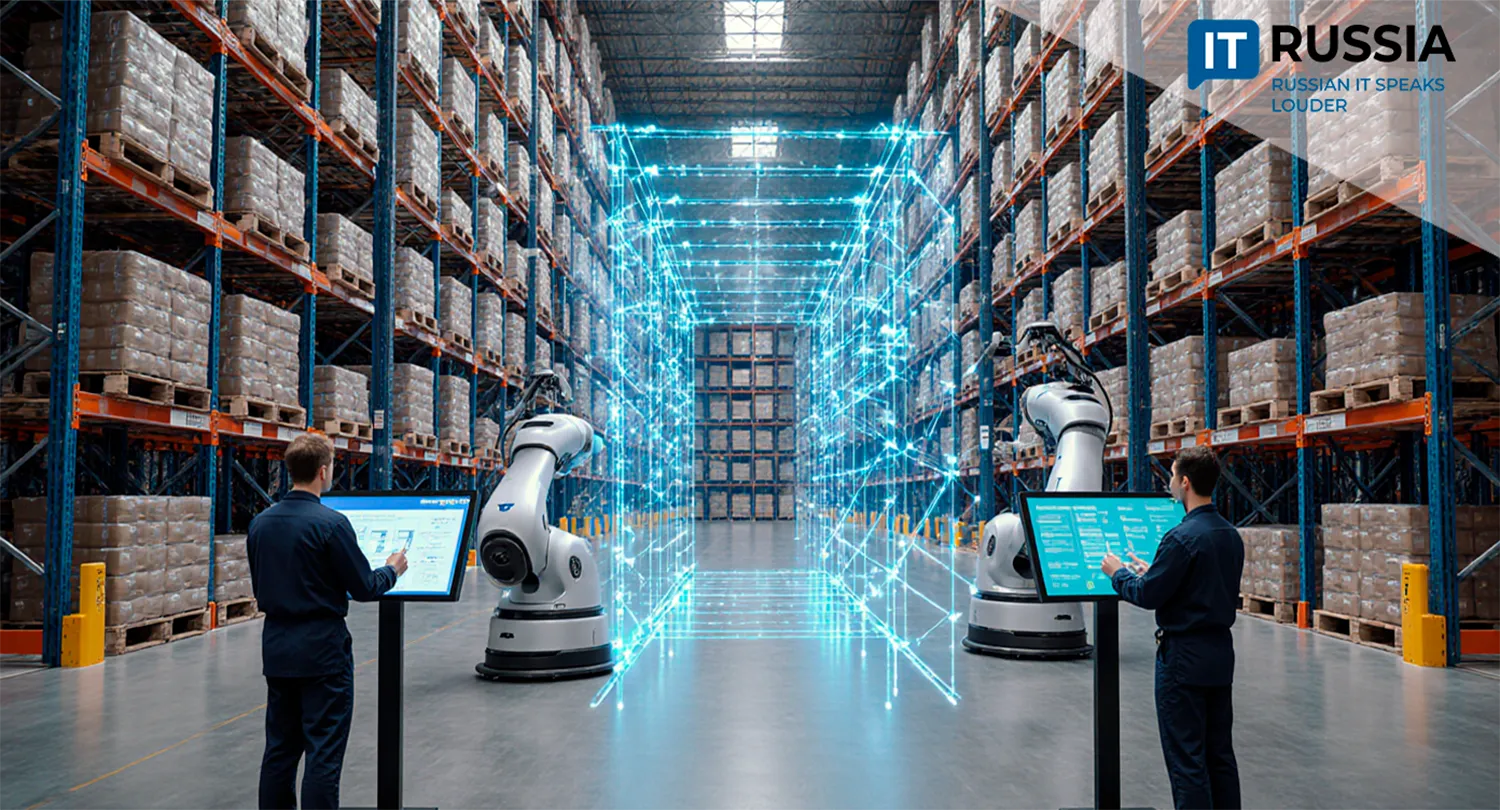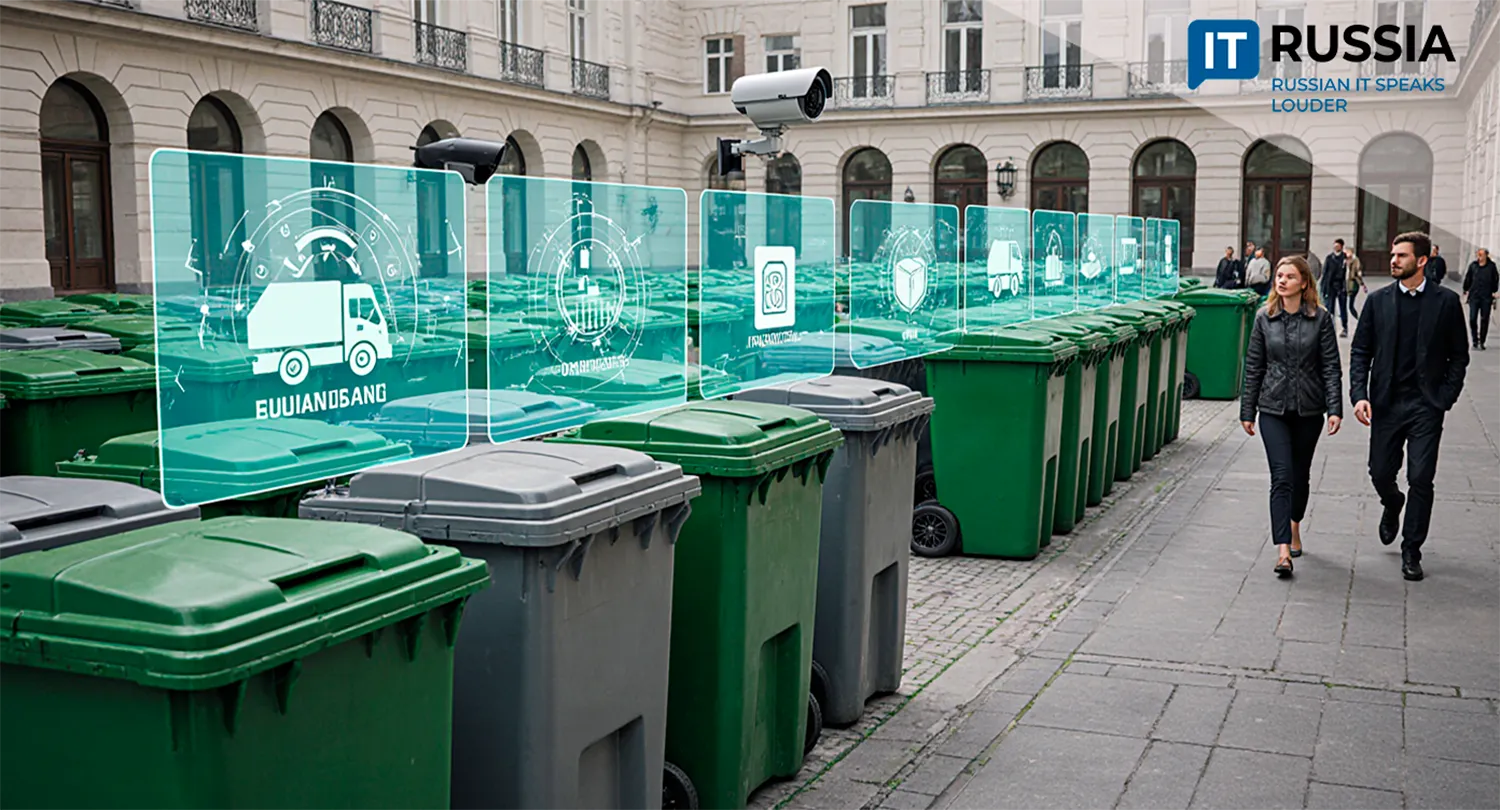Looking Ahead: AI Identifies Key Trends in Agriculture
The Higher School of Economics’ Institute for Statistical Studies and Economics of Knowledge has used its iFORA big data analytics system to highlight 15 of the most important trends shaping the future of agrotechnology.

Smart Trend Assessment
One of the most critical tasks for Russia’s economic development is to identify trends across industries accurately and on time. Artificial intelligence (AI) is helping to achieve this at the Higher School of Economics’ Institute for Statistical Studies and Economics of Knowledge (ISSEK). The institute has developed iFORA, a unique Russian system for intelligent big data analysis, built on the latest advances in semantic analysis, knowledge graphs, and machine learning.
iFORA is a state-of-the-art tool for strategic analytics that quickly processes and structures large sets of unstructured data, revealing hidden connections, specialized insights, trends, and atypical patterns. This objective data-driven analysis supports forecasting and informed decision-making.
The iFORA source base is continuously expanding and now includes more than 850 million documents, from market analytics and industry media to scientific publications, patents, regulatory frameworks, and materials from international organizations.
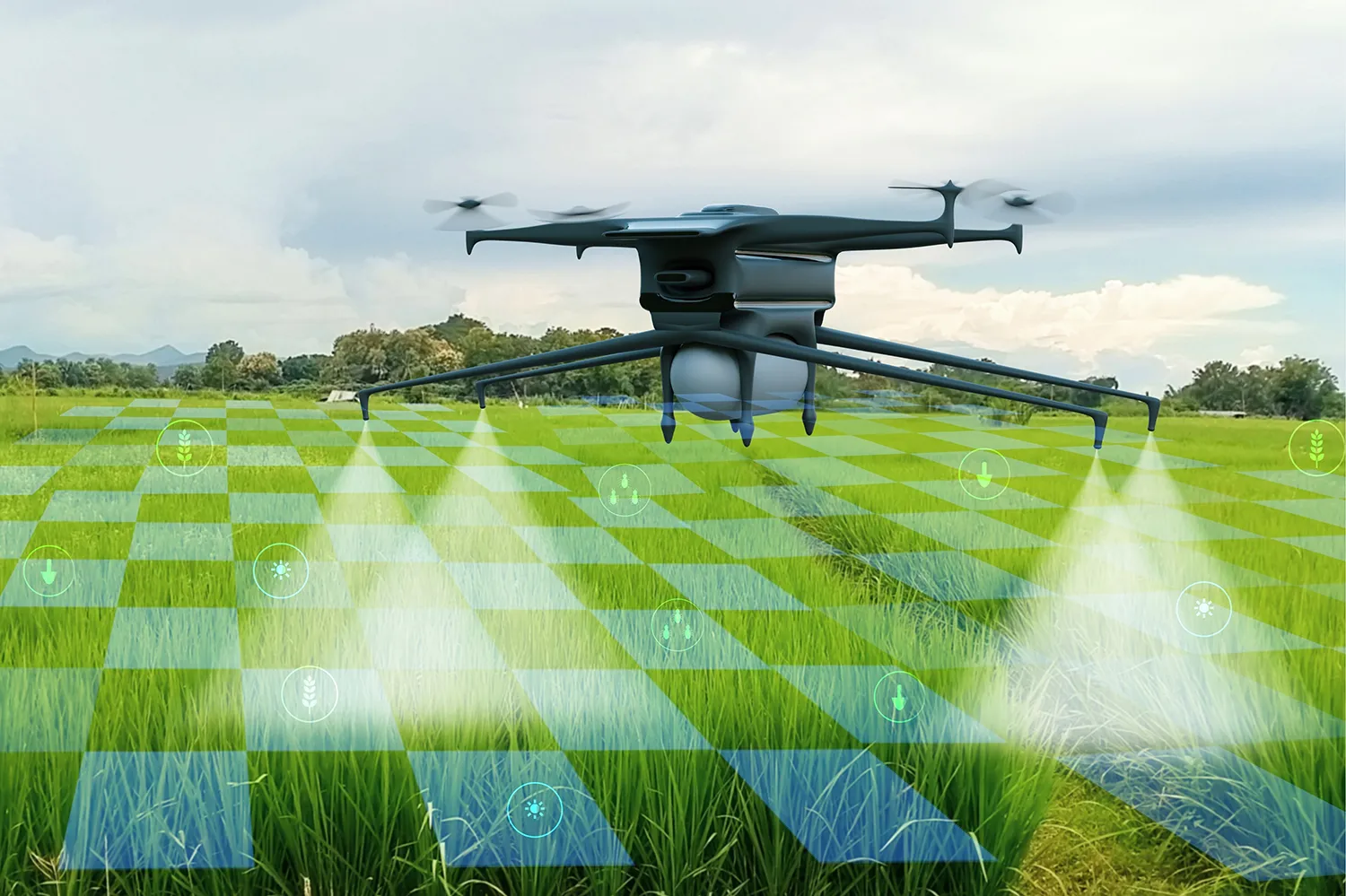
The effectiveness of iFORA as a decision-making tool for economics and policy was recognized by the journal Nature in 2020. The Organisation for Economic Co-operation and Development (OECD) has cited iFORA as a successful initiative in the digitalization of science.
15 Key AgroTech Trends
In summer 2025, researchers presented forecasts for the agrifood market looking 10–15 years ahead. Using iFORA, ISSEK analyzed about 300,000 sources from 2022–2024 covering scientific and technological developments — including publications, patents, regulations, and analytical reports — and identified the most important directions for agricultural R&D that will shape both Russian and global agribusiness.
The top 15 included:
- Organic farming;
- Nanofertilizers;
- Digital agriculture (IoT, agribusiness data analytics, AI, etc.);
- Agricultural robots;
- Soil moisture sensors;
- Biochar (used for producing organic fertilizers);
- Static chamber method (for assessing gas emissions from soil with surface devices);
- Regenerative agriculture;
- Remote sensing technologies (non-contact monitoring of crops and soil conditions);
- No-till farming;
- Vertical farms;
- Nano-urea;
- Agrivoltaic systems (dual use of land for solar energy and crops);
- Biogas technologies;
- Climate-optimized agriculture.
Digitalization, Sustainability, and Automation
Nearly all of the listed developments align with several overarching trends. One of the most significant is the shift toward sustainable practices, which are already being adopted in Russia. Organic, regenerative, and climate-optimized agriculture emphasize gentler soil management. In no-till systems, the soil is not mechanically disturbed at all.
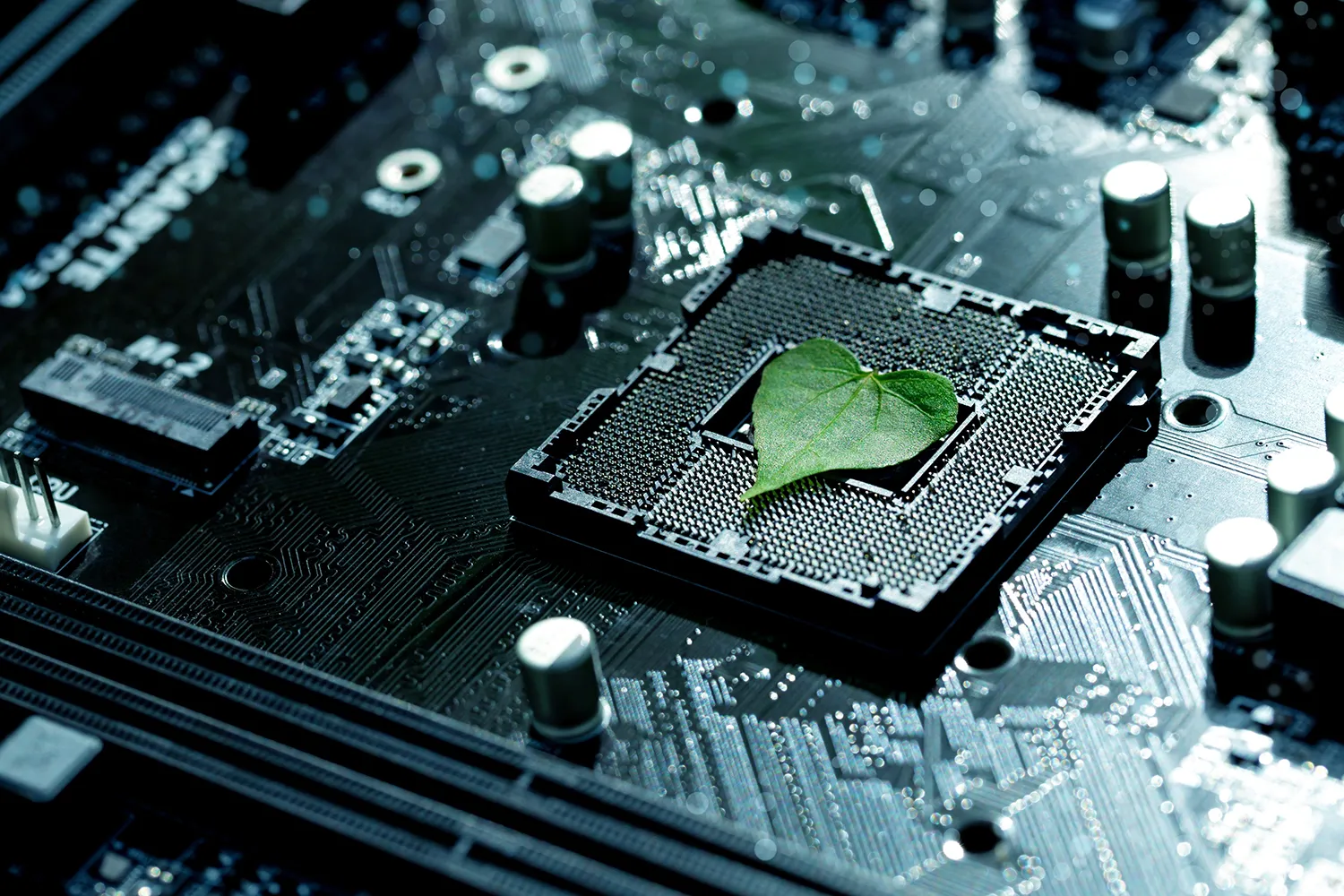
Another major trend involves technologies adapted to global climate change. Agrivoltaics combines farming or livestock with solar energy production: photovoltaic panels installed above farmland simultaneously generate electricity and shield crops from excess sun, reducing evaporation.
Russian farms are already adopting agrivoltaics. In Astrakhan Region, melons are being grown under raised panels, while in Bashkortostan solar plants are being tested on pastures with grazing sheep.
In July 2025, specialists from Chuvash State University and engineers from the Hevel company developed a system for growing hops using agrivoltaic installations.
Robotics, IoT, and drones have also become a defining trend in agriculture. They enable field monitoring and automate irrigation and soil treatment.
For example, agricultural UAV production in Russia ranks among the industry’s top three most effective sectors. The Russian UAV market grew by 45% in one year, reaching about 35.9 billion rubles (approximately USD 400 million).
Russian agricultural drones are already in demand abroad, with export revenues from Russian UAV manufacturers totaling around 600 million rubles (approximately USD 6.7 million) in 2024, according to the Aeronext association.
Big Data for Future Agricultural Planning
Today, planning efficient agricultural production is impossible without big data analytics powered by AI. It is essential for understanding what food products, and by what methods of cultivation, will be in demand in the coming years.

Countries and companies that adopt innovations on time will secure their food security. Russia, with its vast land resources, water, and fertilizers, has long guaranteed food supply for its citizens and become one of the world’s largest food exporters. Its AgroTech trend analysis positions the country as a future exporter of agricultural technologies.






